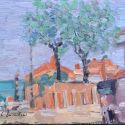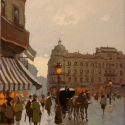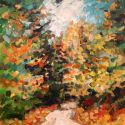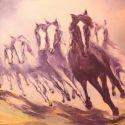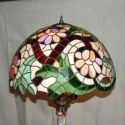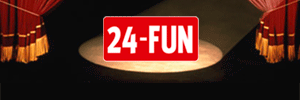Nicolas Lancret (22 January 1690 - 14 September 1743) French painter, collector, draftsman, considered to be a follower and imitator of Watteau.
Born in Paris, Lancret came from a family of French artisans and began studyinh engraving. Then the worked for a while in the studio of Pierre Dulin, then enrolled for just one term at the Royal Academy. By 1712 he began working under Claude Gillot, who introduced him to Jean-Antoine Watteau, an artist who will have an over-whelming influence on Lancret, who would imitate his style and paint the same subjects for a long time.
In 1719 Lancret isi elected a member of the Royal Academy of Painting and Sculpture, and further specialised in the so called fetes galantes, a category in which Watteau was already the supreme master. Between 1722 - 1725 Lancret exhibited at the Exposition de la Jeunesse and starting in 1737 he began exhibiting at the Salon. Lancret would also receive some royal commisions, although small, and enjoyed the patronage and apreciation of several important figures, such as Frederick II of Prusia.
Later he developed an individual manner, more decorative than that of Watteau, but lacking the poetical and symbolic aspects. He was a portraitis and history painter, but his most popular works were genre scenes, a vivid expression of the spirit and customs of French society in the 18th century.



